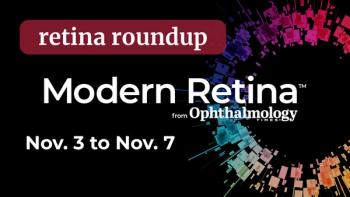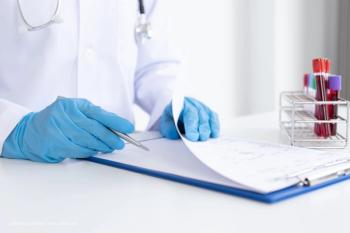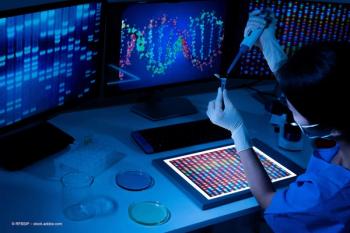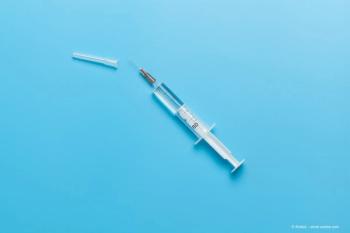
Pupillary sizes differ in active and resolved COVID-19 cases, study finds
The investigators believe that, based on their findings, the impact of COVID-19 on the autonomous nervous system warrants further prospective studies and assessment of pupillary function might be a useful test for determining autonomic dysfunction.
Active COVID-19 can affect the pupillary diameter, according to Turkish investigator Serap Yurttaser Ocak, MD, and colleagues, who reported finding significant differences in the pupillary diameters between when the virus was active and 3 months later.1
The authors are from the Department of Ophthalmology, Prof. Dr. Cemil Tascioglu Education and Research Hospital, University of Health Sciences, Istanbul, Turkey.
The researchers conducted a study that included 58 patients (mean age, 47.23 ± 1.1 years) with active COVID-19 infections. The scotopic, mesopic, and photopic pupillary diameters were measured at subsequent time points after the light source was terminated, that is, at 0, 1, 2 4, 6, 8, and 10 seconds. The average speed at which the dilation occurred also was determined at 1, 2, 4, 6, 8, and 10 seconds. These measurements then were compared in the same patients 3 months later.
The study showed that the mean scotopic and mesopic diameters were less during active infections compared with 3 months after the infection (p = 0.001 and p = 0.023, respectively).
There were no significant differences in the mean photopic pupillary diameter and the mean pupillary diameter at 0 seconds between measurements (p > 0.05, p = 0.734; respectively).
The mean pupillary diameters were significantly lower during active infection at 1, 2, 4, 6, 8, and 10 seconds (p < 0.01, for all comparisons), and the average speeds at which the pupils dilated at each time point were lower during active infection compared with the measurements at 3 months (p = 0.001; p < 0.01 for each).
The investigators believe that, based on their findings, the impact of COVID-19 on the autonomous nervous system warrants further prospective studies and assessment of pupillary function might be a useful test for determining autonomic dysfunction.
Reference
Ocak SY, Ozturan SG, Bas E. Pupil responses in patients with COVID-19. Int Ophthalmol 2021; doi: https://doi.org/10.1007/s10792-021-02053-z
Newsletter
Keep your retina practice on the forefront—subscribe for expert analysis and emerging trends in retinal disease management.
















































